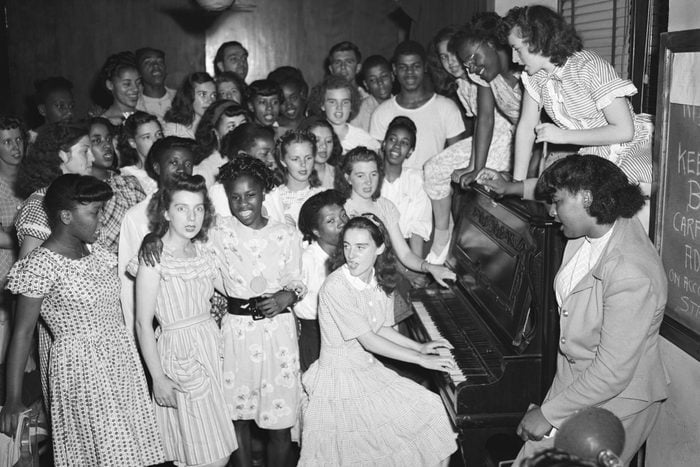
We’ve come a long way
It’s hard to imagine a time in this country when women didn’t have some of the basic rights they have today, but it wasn’t all that long ago that things were very different. For starters, women were only granted the right to vote in 1920. Before that, they didn’t have a voice in who shaped America’s laws or ran the government.
They were also barred from acts as practical and simple as wearing pants, or from enjoying a vice, like smoking in public. Thank goodness those days are over, but the fight continues, since there are a number of ways women still aren’t treated as the equals of men. Of course, we’ve come a long way, so let’s celebrate our nation’s progress as we look back on these surprising things women weren’t allowed to do just a century or so ago. Then, read up on these incredible female firsts and share these inspirational quotes for women.
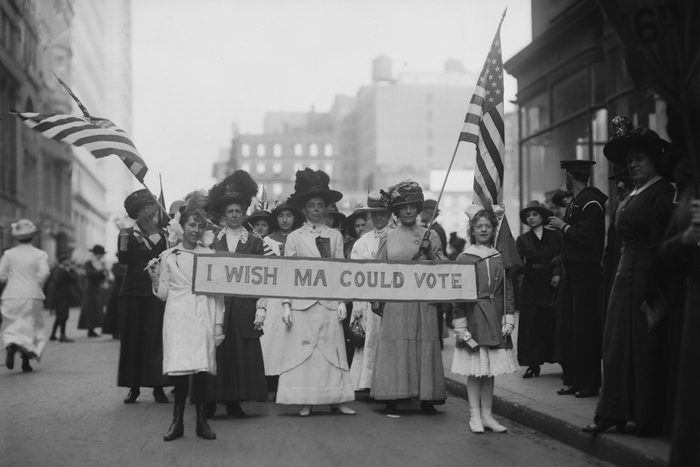
Vote
Today, you might mail in your ballot or cast your vote in the booth for the politician of your choice, but there was a time not all that long ago when women wouldn’t have been allowed to exercise this simple right. The 19th Amendment, which gave women the right to vote, wasn’t ratified until 1920. The law was passed largely due to the efforts of ordinary women who changed the world, like the suffragettes Susan B. Anthony and Elizabeth Cady Stanton. And as much as we like to believe the United States has always been a progressive country, there are many other countries where women had the right to vote before they did here.

Easily obtain birth control
Women today are free to use birth control if they wish, or forgo it if they don’t. It’s their choice. But this wasn’t always the case. There was a time when birth control, or even information about birth control, was difficult for women to get.
The first birth control pill wasn’t approved until 1960, so at the turn of the century, women relied on methods such as intrauterine devices and condoms, both of which were largely controlled and distributed by men. In 1916, Margaret Sanger decided to do something about that and opened the first birth-control clinic in the United States. She was arrested nine days later.
However, that didn’t stop her from continuing to advocate for a woman’s right to control her own reproductive decisions, and the availability of birth control that women enjoy today is largely due to Sanger’s efforts. Here are more moments that changed women’s history forever.
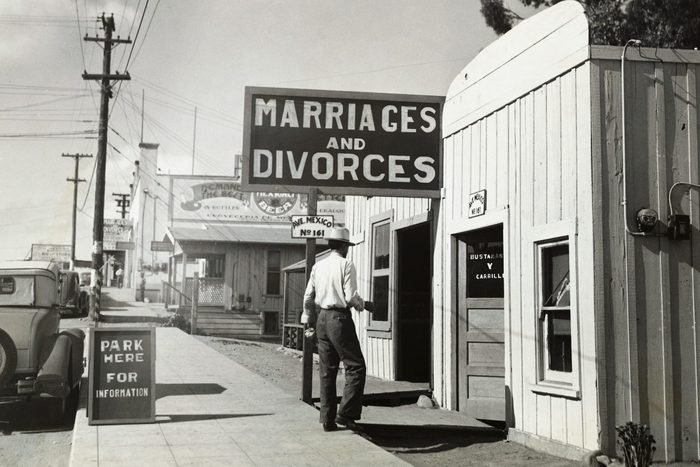
Divorce
Early in U.S. history, divorce was a tricky situation, especially if you happened to be a woman. Each state had different rules, and judges were allowed to exercise their own discretion when it came to the final decision as to whether or not a divorce would be granted.
For instance, each state had different rules about how many times a man could physically abuse his spouse before she was allowed to divorce him. And in some states, divorce wasn’t legal at all. Believe it or not, South Carolina didn’t legalize divorce until 1949! So if you’re a woman who has made the personal choice to end her marriage, be grateful you live in modern times.
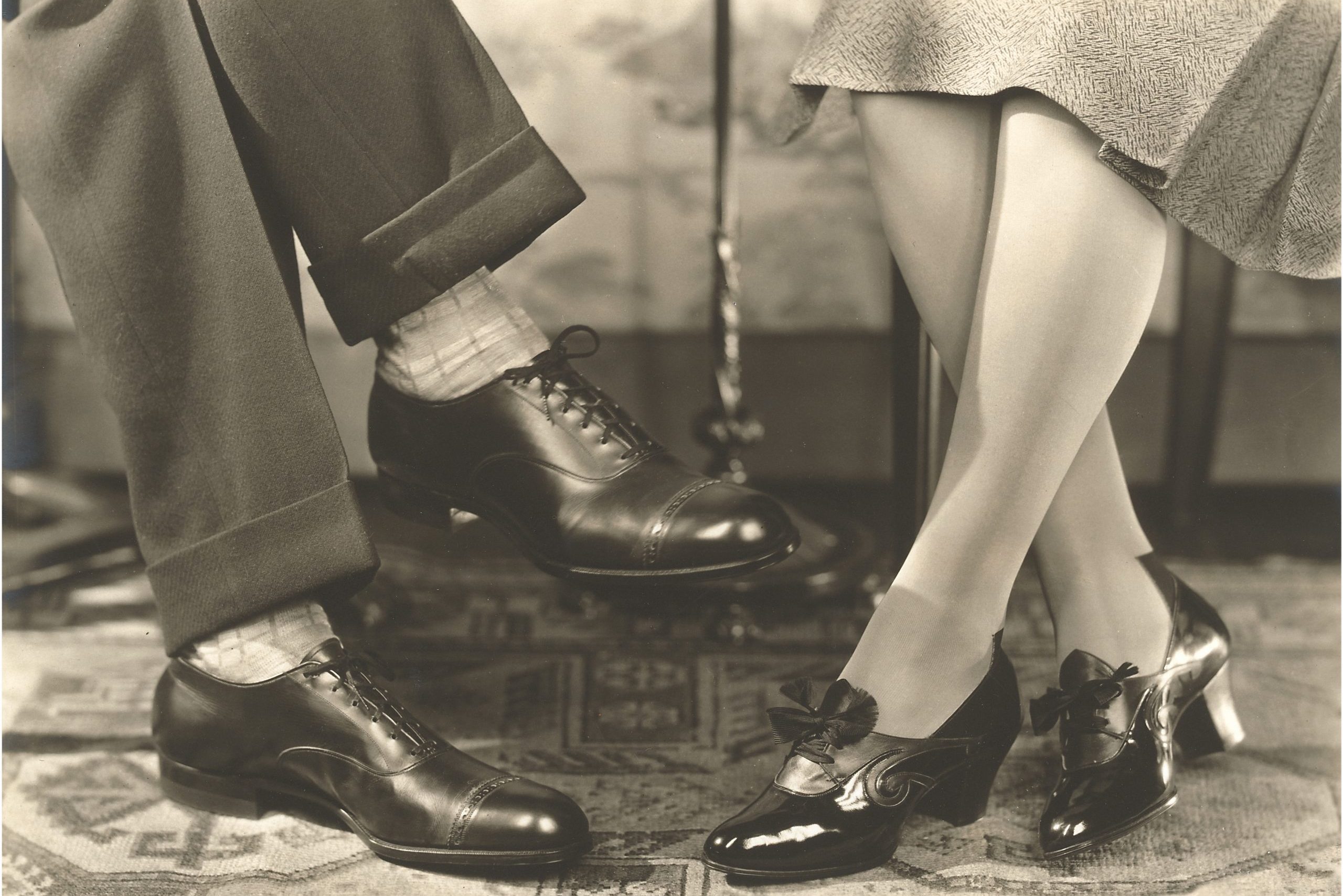
Wear pants
It sounds crazy to us today when we see the most inspiring women of our time, but of course, there was a time when pants weren’t considered suitable attire for women. In fact, it was often illegal. Many states had laws on the books in the 1800s and even the early 1900s that said women could not dress like men, which basically meant they could not wear pants.
Although the laws weren’t always enforced, women who wore trousers were definitely frowned upon. It was high fashion that largely helped change society’s perception. In the 1910s through the late 1920s, designers like Coco Channel started incorporating pants into their collections, and movie stars like Marlene Dietrich wore them with style and flair. Today, women’s wardrobes are filled with everything from pantsuits to blue jeans to yoga pants. Check out the stories of these incredible women you didn’t learn about in history class.
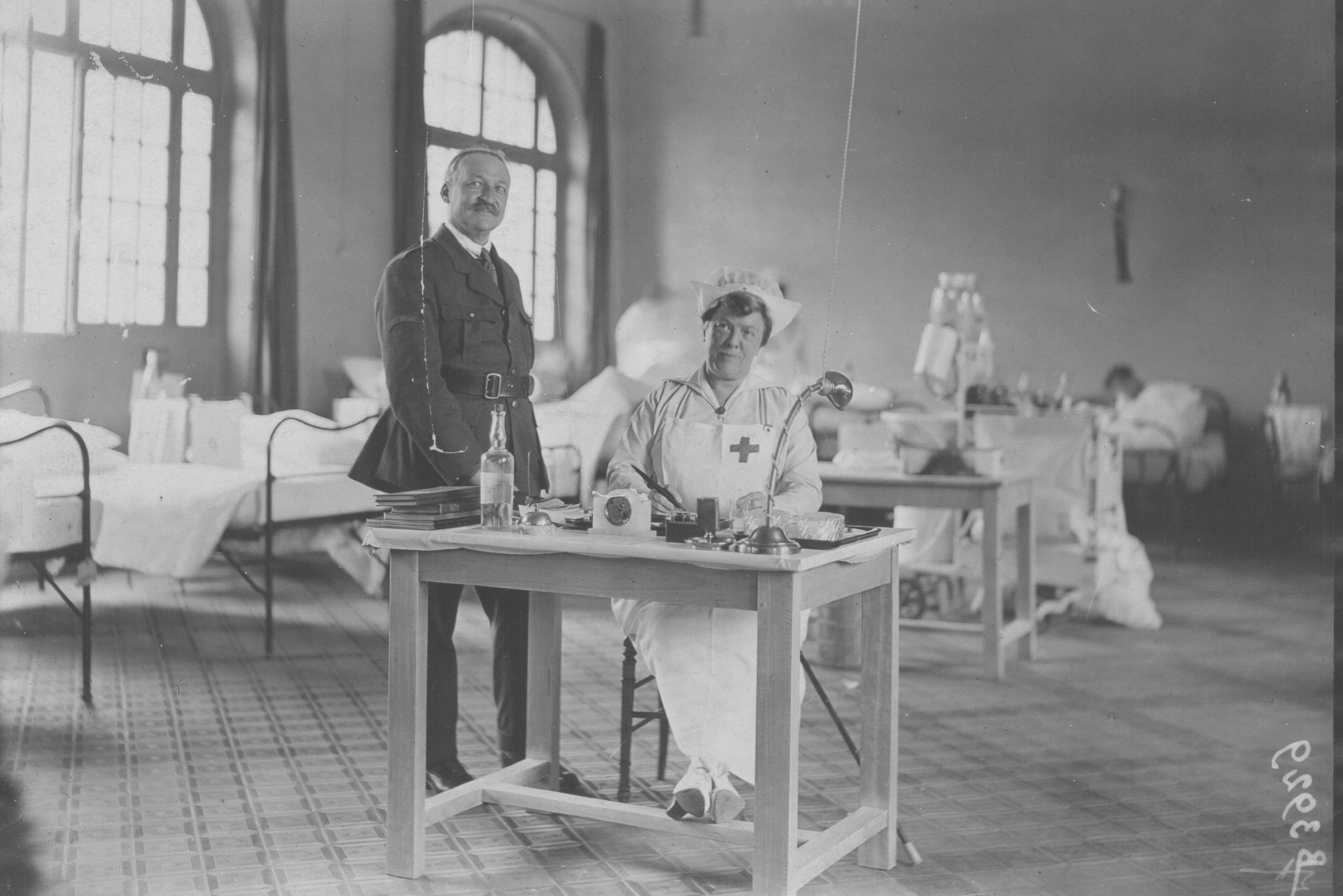
Join the military
If you’re a woman who served in the military, thank you for your service. There was a time when such a thing wasn’t possible. Although women have always been associated with the military in professions like nursing, they weren’t allowed to be active members, and many of their positions were unpaid.
This changed in 1942, during World War II, when the Army was in such dire need of recruits that they allowed women to join and fill non-combat positions on an auxiliary basis. Eventually, the Army allowed women to formally enlist in the reserves by establishing the Women’s Army Corps, or WAC, in 1948. Finally, women could gain rank, earn benefits and serve overseas. Read up on these famous people you may not know are veterans.
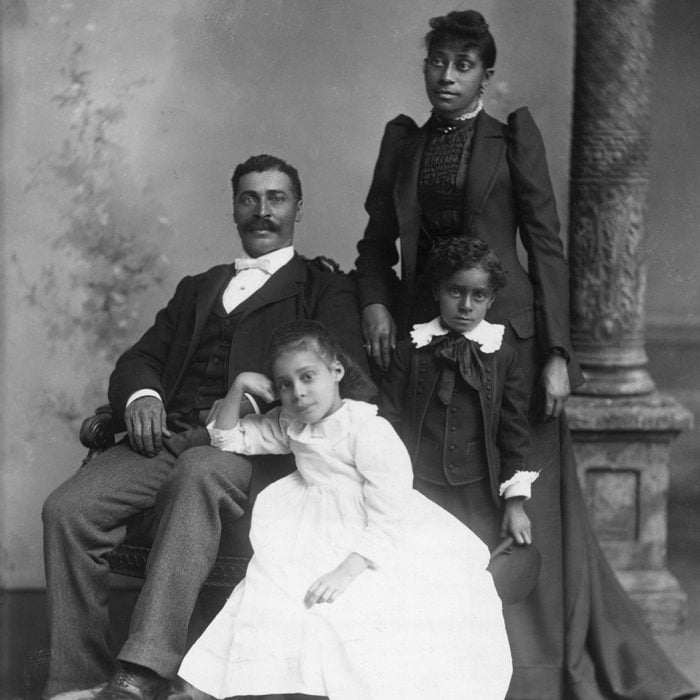
Keep their maiden name
Today, many women choose to keep their maiden name after they get married. There was a time, though, that doing so could lead to serious repercussions. If a woman didn’t take her husband’s last name, it was not simply frowned upon by society—employers could actually refuse to issue her payroll and she could even be barred from voting. In 1976, Hawaii became the last state to officially lift the mandate that a woman take her husband’s last name.
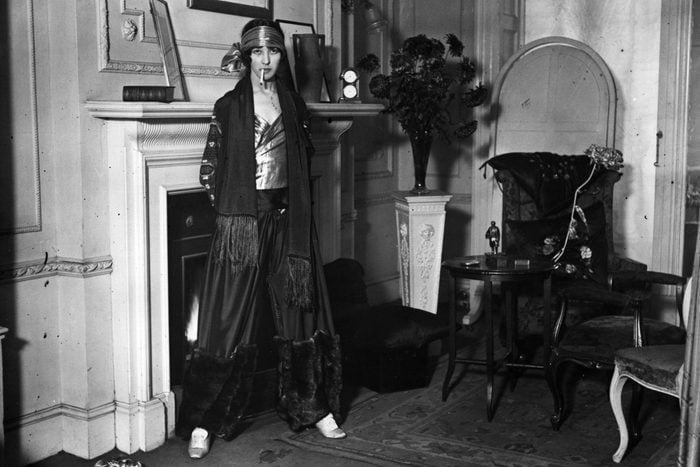
Smoke in public
In modern times, there are many restrictions on where people can smoke, but back in the day, smoking was allowed pretty much anywhere and everywhere for some people. Those “some people” were men.
Although it was generally acceptable for women to smoke at home, society frowned upon them smoking in the same public spaces that men did. In 1908, New York City went as far as to pass a law prohibiting women from smoking within public establishments. The law proved wildly unpopular, and the mayor vetoed it within two weeks. This paved the way for both businesses and society to accept the fact that a woman smoking in public was no more shocking or immoral than a man smoking in public. By the 1920s, for better or worse, cigarette manufacturers began marketing cigarettes to women as “torches of freedom.”
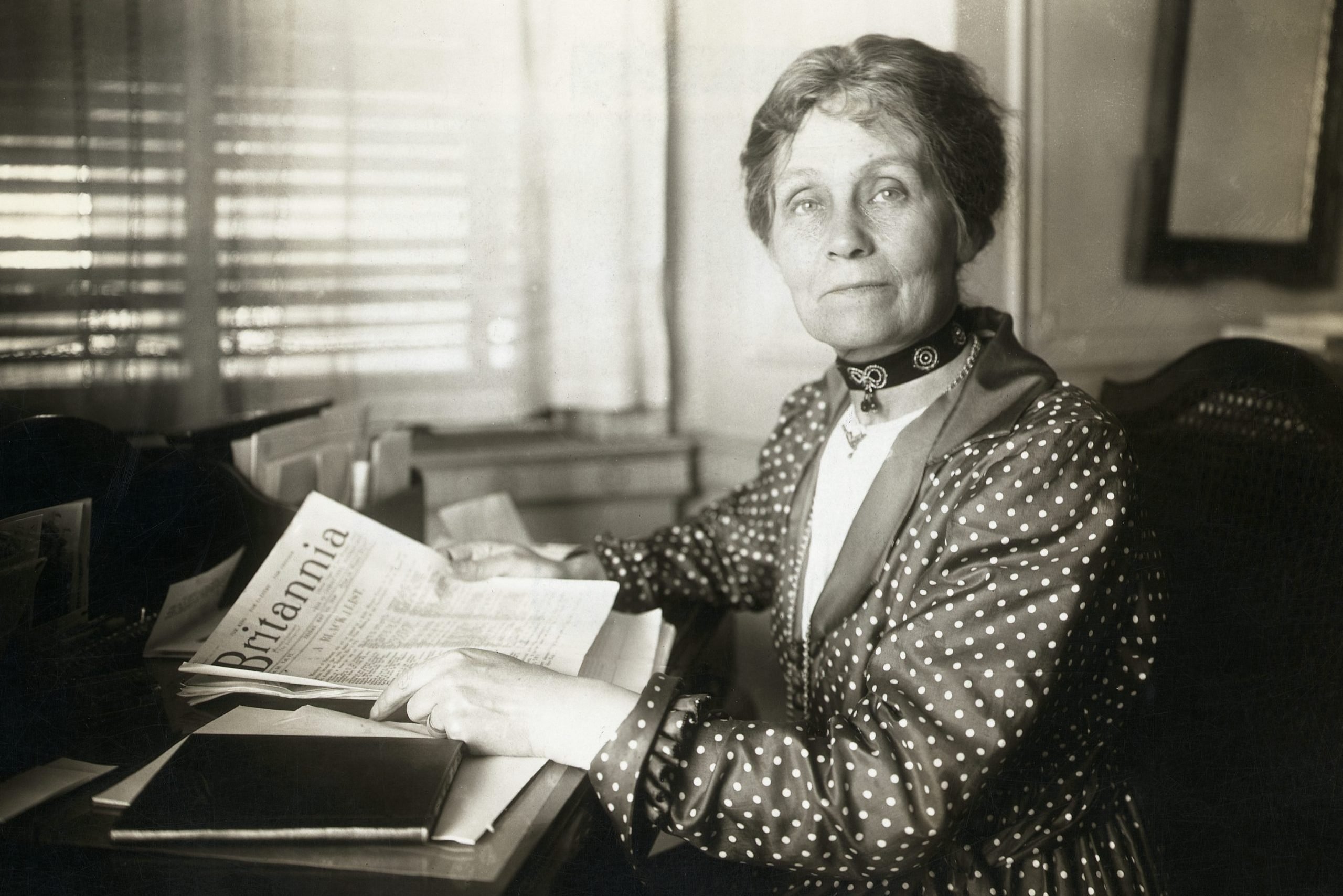
Own property if they were married
Until 1848, if you were a married woman, you couldn’t own property. Anything you owned, regardless of how you came to own it, legally belonged to your husband. In 1848, the Married Women’s Property Act was passed in New York state, declaring that a married woman had just as much right to own and control property as a single woman did. It was groundbreaking legislation in that it became the model for similar laws in other states in the years that followed.
However, progress was slow. While married women’s property acts were finally passed in all states by 1900, society wasn’t fully on board until much later. Don’t forget—this was a time when women didn’t yet have the right to vote and most deferred to their husbands in most matters. It wasn’t until the Prohibition era in the 1920s that women of varied socioeconomic backgrounds began to feel empowered to exercise their rights and make more decisions for themselves. Finally, a married woman could decide what she wanted to do with her property while living, as well as to whom she wished to bequeath it in death. Looking for a good read? Check out these books by female authors.
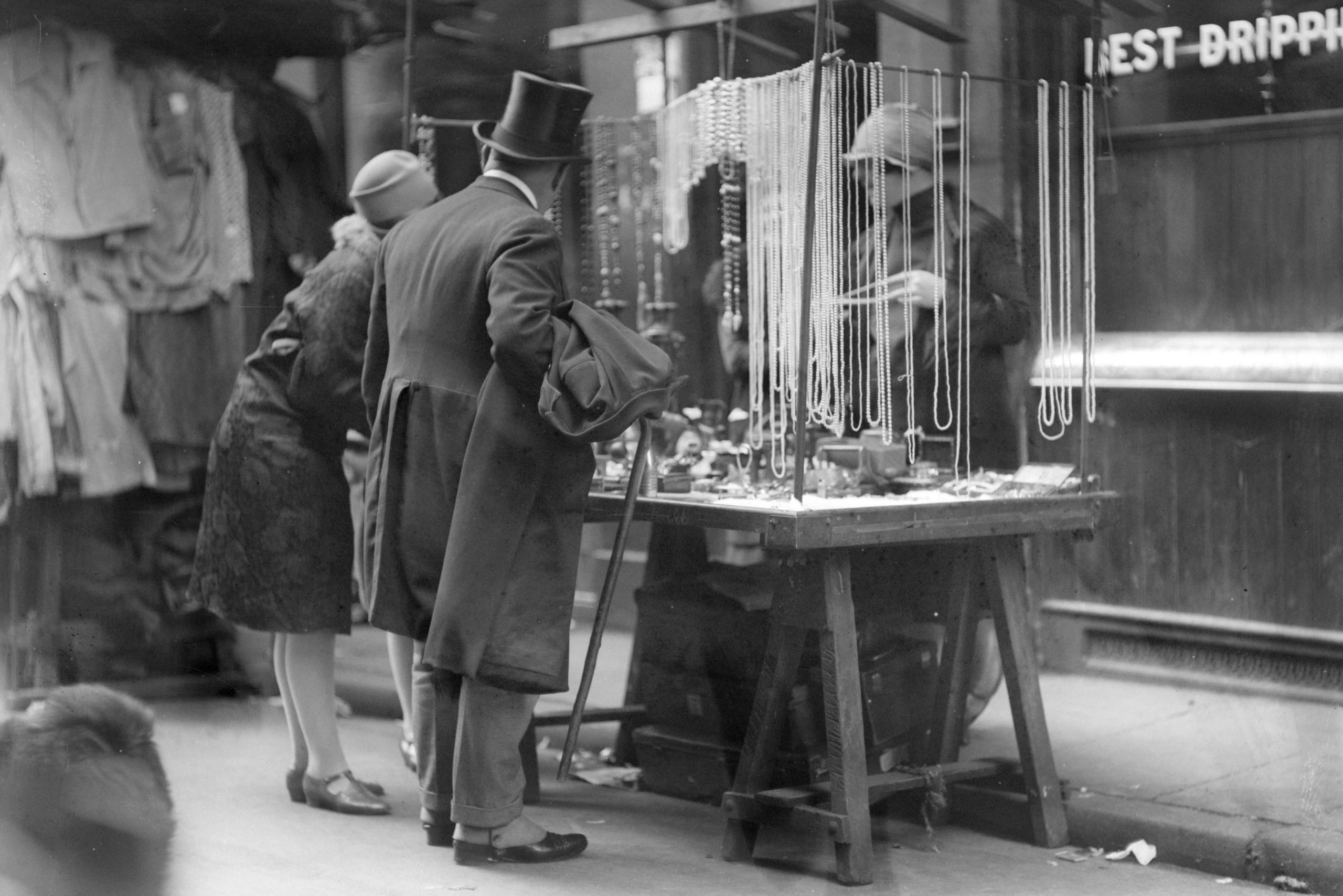
Shop without an escort
Can you imagine needing to be chaperoned in public at all times—as an adult woman? That’s the way it was in the 19th century. When women left the house, they were generally expected to be accompanied by a man. This began to change in the late 1800s with the advent of the department store. The first department stores were designed specifically with women in mind and provided a safe place for them to gather, socialize and, of course, spend money.
Soon, other businesses wanted to get in on the action, and many theaters and restaurants began opening their doors to unescorted women for the first time. However, for the most part, it was women from upper-income households who received the benefit of these added freedoms. It wasn’t until the 1920s that chain stores began to target and cater to people of all incomes and budgets.
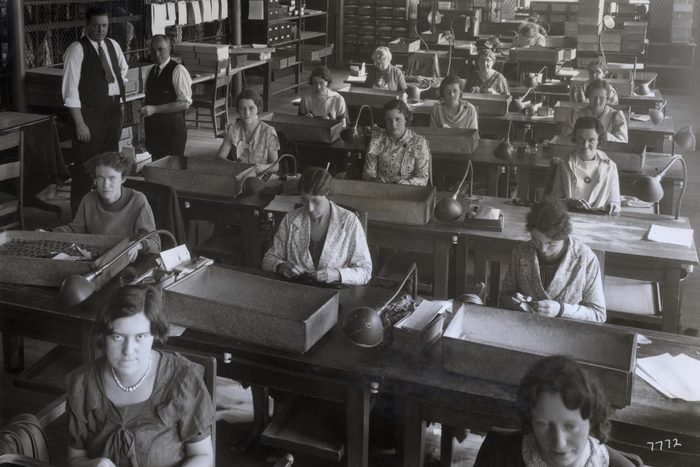
Work fair hours
Women have always been subjected to discrimination and endured countless indignities like sexual harassment at work. But more than a century ago, they had limited legal protections in the workplace, and their hours weren’t regulated. In the state of Oregon, however, there was a law that restricted women from working more than 10 hours a day. This was challenged in a case that went all the way to the Supreme Court in 1908, Muller v. Oregon. The Supreme Court affirmed the previous ruling of two lower courts that Muller, the owner of a laundry business, could not force the women in his employ to work more than the 10-hour shifts permitted by law.
Sadly, the ruling was not made on the basis of equality, but on the basis that such long hours interfered with a woman’s maternal duties. Nevertheless, the case had a profound effect on U.S. labor laws, as other states began to follow suit in the coming decades.
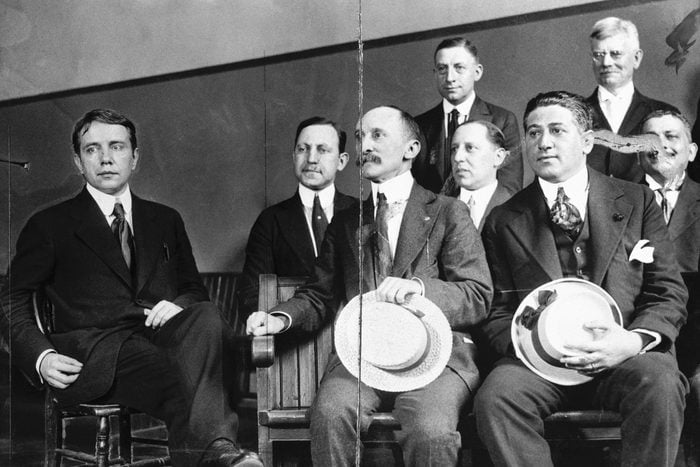
Serve on a jury
Juries are supposed to be comprised of one’s peers, but in 1879, the Supreme Court affirmed that states had the legal right to limit the jury pool to males. The first state to decide that women were indeed qualified to serve as jurors was Utah, in 1898. After that, other states began to follow suit, but the progress was slow.
In 1927, there were still only 19 states that allowed women to serve as jurors. This changed in 1961 when the Supreme Court ruled that a Florida law exempting women from jury duty was unconstitutional. Regardless of your gender, this is what happens if you ignore a jury summons.
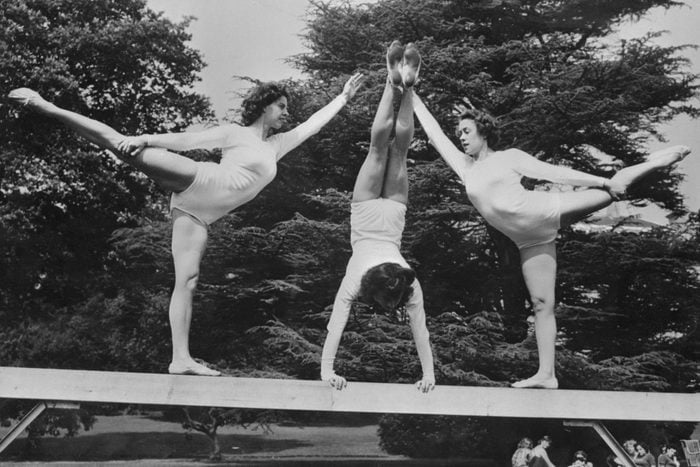
Compete in a wide variety of Olympic sports
If you’re a fan of athletes like the one and only Simone Biles, it might be inconceivable that there was a time when women couldn’t compete in the Olympics. Women weren’t allowed to do so until 1900, and at those Games, held in Paris, they accounted for less than 3% of the athletes. This was largely due to the fact that only five sports were open to them.
Slowly, more and more Olympic sports opened their arms to women, and today, the Olympic Committee works to make sure more women are given important roles and voices in leadership. So if you’re a woman with Olympic dreams, go for it! Here are more Olympic moments that changed history.
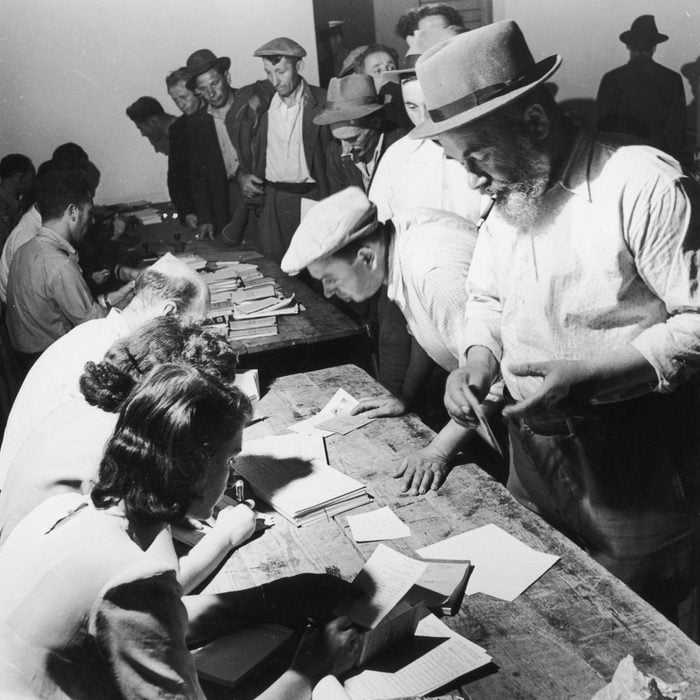
Have their own passport if they were married
Until the 1920s, single women had their own passports, while married women were issued joint passports with their husbands. At the time, this was reflective of the fact that society frowned upon the prospect of a woman traveling without her spouse. More so, it was indicative of societal notions that a woman’s identity was wrapped up in her husband’s.
As women became more liberated, they began to challenge this, especially in cases where they wished to keep their maiden name. In one such case in 1917, a young woman named Ruth Hale successfully petitioned to get a passport issued in her maiden name. This was a watershed moment, prompting other women to petition for the same in the ensuing years. In 1937, the rules were officially changed. The struggle women endured should also be an inspiration to support more women-owned businesses today.
Sources:
- History.com: “19th Amendment”
- Biography: “Margaret Sanger”
- History Collection: “The American Divorce Colonies of the 1800’s”
- PBS: “Arresting dress: A timeline of anti-cross-dressing laws in the United States”
- History.com: “American Women in World War II”
- Time: “How American Women Fought to Keep Their Maiden Names After Marriage”
- History.com: “When New York Banned Smoking to Save Women’s Souls”
- Library of Congress: “American Women: Resources from the Law Library”
- History.com: “How 19th-Century Women Used Department Stores to Gain Their Freedom”
- Women & The American Story: “Waged Work and Protective Laws”
- ACLU: “A Jury of One’s Peers”
- International Olympic Committee: “Gender Equality in Sport”
- Atlas Obscura: “The 1920s Women Who Fought For the Right to Travel Under Their Own Names”
